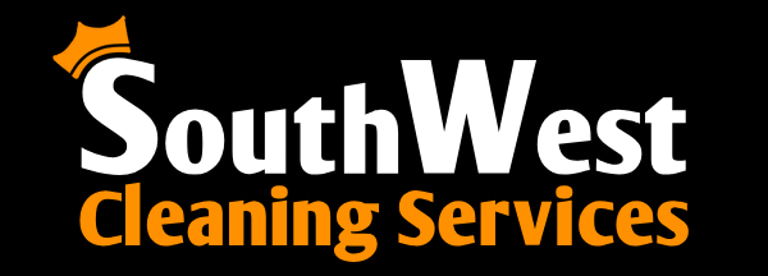Facility Prep for the Cold Months Ahead


As the colder months approach, preparing facilities for autumn and winter can go a long way in ensuring safety, comfort, and efficiency. From tackling heating systems to checking for winter hazards, these proactive measures help prevent disruptions during the chilly seasons. Here’s a guide to getting facilities ready for the seasonal shift.
1. Conduct a Heating System Inspection
Autumn is the perfect time to test and maintain your facility's heating systems before they’re put to heavy use. Regular maintenance not only prevents breakdowns but also improves energy efficiency, saving money in the long run.
Change Filters and Clean Ducts: Dust and debris can accumulate over the summer, clogging filters and vents. Clean or replace these for optimal performance.
Check Thermostats: Test thermostats to make sure they’re functioning correctly. Programmable thermostats can improve energy efficiency by reducing heating when areas are not in use.
2. Weatherproof Doors and Windows


Drafts can significantly impact indoor comfort and energy costs, making it essential to seal off any gaps.
Inspect Seals: Look for gaps around doors and windows. If seals are worn out or damaged, consider installing new weatherstripping or caulking.
Consider Insulated Windows: In areas prone to harsh winters, insulated windows can add an extra layer of protection from the cold.
3. Prepare for Snow and Ice


Depending on your location, snow and ice can pose serious hazards. Ensuring that you have a winter weather plan in place is crucial.
Stock Up on De-Icing Supplies: Make sure you have a reliable supply of rock salt or alternative de-icing agents, as well as snow shovels and other necessary tools.
Check Walkways and Parking Lots: Confirm that walkways and parking areas are level and free of cracks. Snow and ice can worsen these issues, increasing the risk of slips and falls.
Arrange Snow Removal Services: If necessary, have a contract in place with a reliable snow removal company.
4. Inspect Roofing and Gutters


Autumn’s falling leaves can clog gutters, which can lead to water damage as the season progresses. Ice and snow build-up can add extra strain to roofs, making pre-winter inspections essential.
Clear Gutters and Downspouts: Ensure they’re free of leaves and debris. This allows rainwater to flow freely and prevents ice dams, which can damage the roof.
Inspect the Roof for Damage: Repair any loose or missing shingles to prevent leaks and minimise the risk of further damage from snow and ice.
5. Update Safety and Emergency Plans


Winter can bring unpredictable weather, which may disrupt normal operations. Reviewing and updating your facility's emergency preparedness plan ensures safety for both staff and visitors.
Emergency Supplies: Stock up on essential items like blankets, flashlights, batteries, and first-aid kits.
Fire Safety Equipment: Ensure that smoke detectors, fire extinguishers, and emergency lighting are in working order.
6. Adjust Lighting for Shorter Days


With shorter daylight hours, facilities should be well-lit to improve safety and security.
Exterior Lighting: Check and repair any outdoor lighting around entrances, walkways, and parking areas.
Timers and Motion Sensors: Consider installing timers or motion sensors to ensure areas are lit only when necessary, saving energy while providing safety.
7. Optimise Insulation and Ventilation


A well-insulated and ventilated facility not only improves energy efficiency but also maintains healthy air quality.
Inspect Insulation: Proper insulation in attics, walls, and basements prevents heat loss and reduces the load on heating systems.
Ventilation Systems: Maintain balanced ventilation to allow fresh air in without letting warmth escape.
By taking these steps, you’ll be ready to tackle the chill of autumn and winter with confidence, ensuring a safe, comfortable, and energy-efficient facility all season long.
If you need assistance with cleaning, please consider contacting us at South West Clean, and we will ensure to satisfy your needs.
For more information and prices, please visit our contact page here.
Contact Info
info@southwestclean.co.uk
Quick Links
Unit 3 Bumpers Enterprise Centre,
Vincients Road, Bumpers Farm,
Chippenham, SN14 6QA
South West Commercial Cleaning Services Ltd
Registered in England & Wales with number 15298120
Telephone: 01249 911 711
Mobile: 07878 064 100
